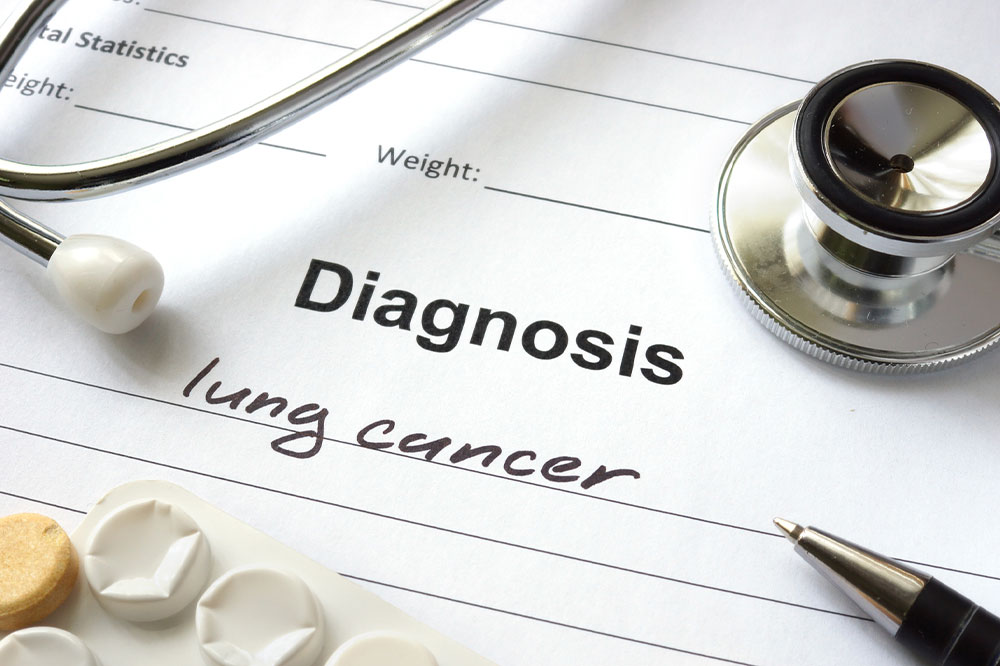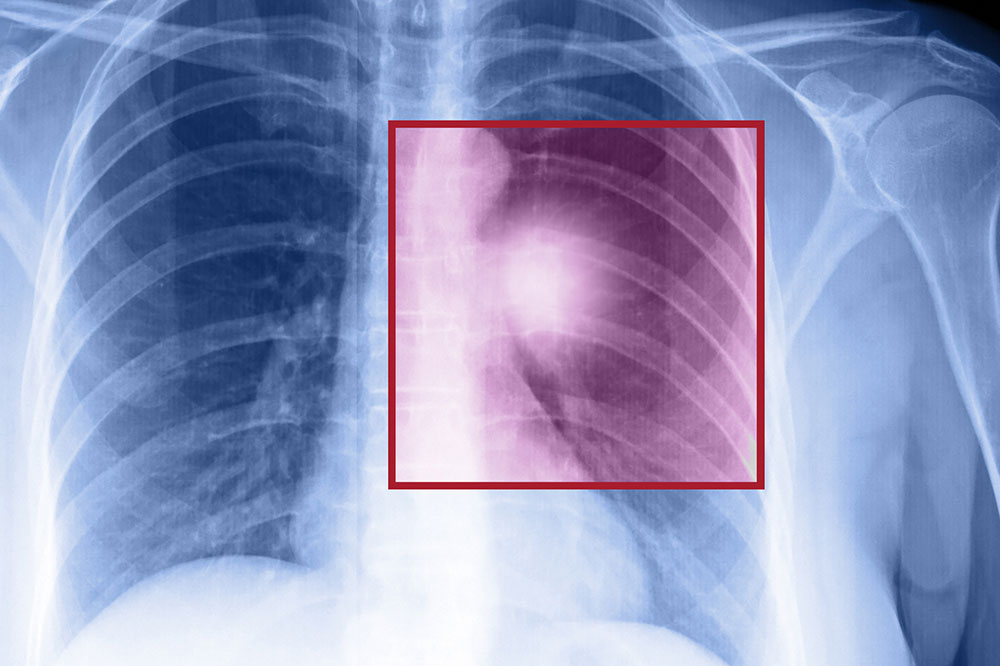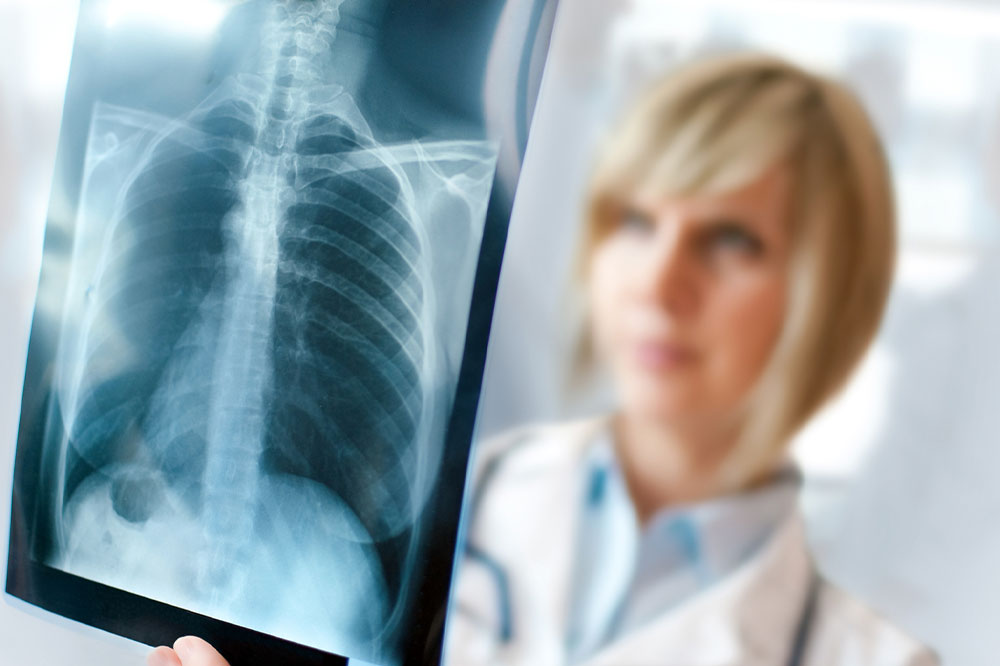Comprehensive Guide to Lung Cancer: Types, Causes, Symptoms, and Prevention Strategies
Lung cancer remains a leading global health challenge, but early detection and understanding its types, causes, and warning signs can significantly improve outcomes. This comprehensive guide covers everything you need to know about lung cancer, including risk factors, symptoms, and preventive measures. Recognizing symptoms early and taking proactive steps can save lives, especially for those at higher risk due to occupational hazards or genetic predispositions. Stay informed to protect your lung health effectively.

Comprehensive Guide to Lung Cancer: Types, Causes, Symptoms, and Prevention Strategies
The lungs are vital organs responsible for respiration, facilitating the critical process of oxygen intake and carbon dioxide expulsion. As essential as they are for sustaining life, the lungs are also susceptible to various diseases, with lung cancer being one of the most prevalent and deadly types worldwide. Early detection of lung cancer significantly improves the effectiveness of treatments and helps in better management of symptoms, ultimately enhancing patient survival rates.
The human lungs have a spongy texture, designed to optimize gas exchange during respiration. However, prolonged exposure to harmful airborne particles and toxic chemicals can lead to mutations in lung cells, culminating in cancerous growths. Individuals working in environments laden with pollutants, such as industrial settings or areas with high levels of hazardous gases, face increased risks of developing lung cancer.
Understanding the foundational aspects of lung cancer—the various types, contributing causes, and typical warning signs—is crucial for early intervention. Certain occupational groups are more vulnerable, especially those regularly exposed to harmful substances. The primary classifications of lung cancer include:
Small Cell Lung Cancer (SCLC)
An aggressive form characterized by rapid growth and early metastasis. It accounts for approximately 10-15% of lung cancer cases. Early-stage SCLC responds well to chemotherapy and radiation, but once metastasized, the prognosis becomes poor. Immunotherapy is an emerging treatment option that offers hope for prolonged survival.
Non-Small Cell Lung Cancer (NSCLC)
This is the most common type, encompassing about 85% of cases. It includes several subtypes such as adenocarcinoma, squamous cell carcinoma, and large cell carcinoma. Symptoms often include persistent coughing, chest pain, and difficulty breathing. The stage at diagnosis determines whether surgical removal, targeted therapy, or chemotherapy is most appropriate.
Multiple factors contribute to the risk of developing lung cancer, though in many cases, the exact cause remains elusive. Known risk factors include:
Prolonged exposure to radon gas, a naturally occurring radioactive element, especially in poorly ventilated areas
Asbestos inhalation, commonly linked to occupational hazards in construction and manufacturing industries
Family history of lung cancer, indicating a genetic predisposition
Exposure to carcinogenic substances like arsenic, nickel, chromium, and cadmium at workplaces
History of radiation therapy for other cancers
Chronic obstructive pulmonary disease (COPD) and other lung conditions
Sometimes, lung cancer develops without any identifiable risk factors, emphasizing the need for vigilance even in seemingly low-risk individuals. The primary causes can be summarized as:
Radon exposure: Inhalation of radon gas from soil and rock decay increases the risk significantly, especially in regions with high radon levels.
Occupational carcinogens: Working with substances like asbestos, arsenic, and heavy metals heightens susceptibility.
Genetic factors: Family history and genetic mutations may predispose an individual to lung malignancies.
Recognizing the early warning signs of lung cancer is vital for prompt diagnosis and treatment. Often, symptoms only become apparent when the disease reaches advanced stages. Key indicators include:
Chronic cough that persists for weeks or months
Breathlessness or difficulty breathing, especially during physical activity
Persistent chest pain or discomfort
Unexplained weight loss and fatigue
Severe headaches and dizziness in cases of metastasis to the brain
Hoarseness or voice changes
Additional symptoms and complications may involve:
Shortness of breath: Blocked airways or fluid accumulation in the chest cavity impair normal lung function.
Pain: Pain that radiates to bones or spreads to the brain, often accompanied by nausea or neurological symptoms.
Coughing up blood: Hemoptysis indicates vascular damage within the lungs.
Fluid accumulation: Excess fluid in the pleural space suggests disease progression and can cause breathing difficulty.
If untreated, lung cancer has the potential to metastasize to other organs such as the brain, bones, and liver, rendering it incurable and severely reducing survival chances. The overall five-year survival rate stands at about 26%, highlighting the importance of early diagnosis and preventative measures.
Prevention strategies include avoiding exposure to lung irritants, adopting healthy lifestyle habits such as smoking cessation and regular exercise, and practicing breathing exercises to strengthen lung capacity. Regular screening, especially for high-risk individuals, can detect early-stage lung cancer, significantly increasing the chances of successful treatment and improving quality of life.





